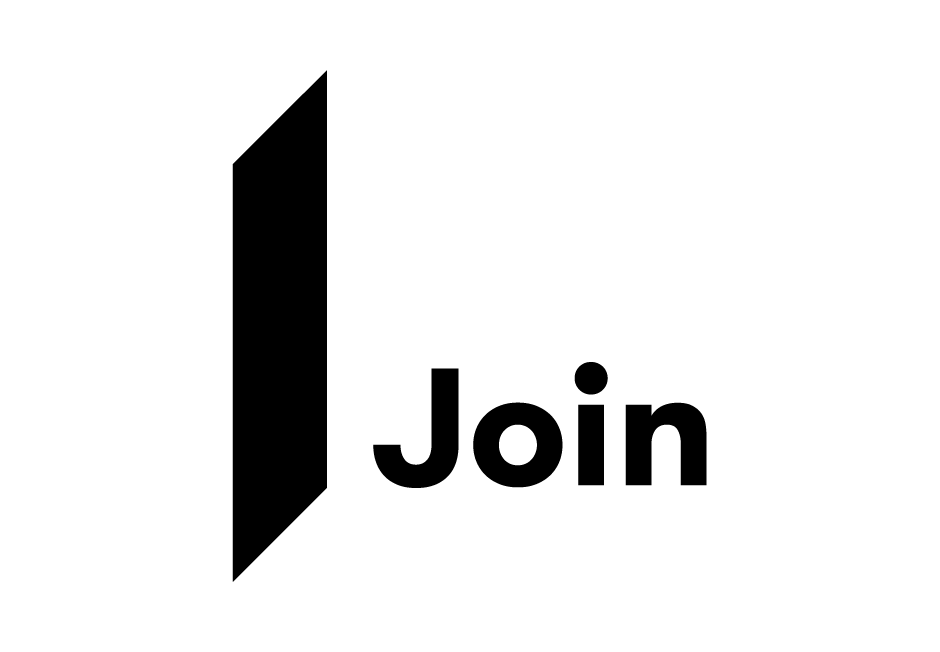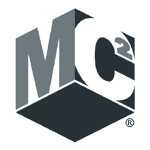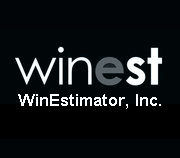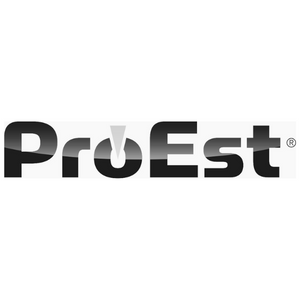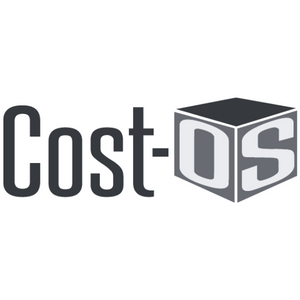How to Choose a Software Vendor Using 3 Rules
In this post written by Stewart Carroll, President of Beck Technology, you will learn how to choose a software vendor using the 3 Ps—product, plan, and partner.
Often, companies evaluating software tend to focus on a specific set of features that meet their current needs. It is natural to look at what you currently do and try to ensure that any new software solves your current needs. However, it’s my belief that in most cases, selection is more complicated than features and functions. Software agreements are usually subscriptions for multiple years, and during the term of the agreement, both the company and the world around them change. Evaluation criteria should consider both the existing capabilities of a platform as well as a plan to ensure the business successfully makes the switch to the new platform, followed by insight into the type of partner the vendor has been and would be in the future. At Beck Technology we have always advocated evaluating software through the lens of the 3 Ps: Product, Plan, and Partner.
Product
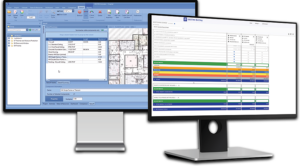 There's more to a software evaluation than just focusing on features.
There's more to a software evaluation than just focusing on features.Understanding the current processes and desired outcomes is vitally important. It’s easy to fall into the trap of focusing on features and how they work and lose sight of why a particular task or tasks are performed and evaluating based on the new platform's ability to get the desired outcomes. It’s easy to lose sight of that why and get hooked on cool and sexy new features. Making a switch to another platform leads to change, and while the steps and tools are different from solution to solution, understanding the desired outcome and why it's important really helps filter the noise that goes along with both evaluating and managing the team members involved in the evaluation.
Plan
No two platforms are the same and as such, embracing change and managing it is vitally important. Another key element is messaging the benefits to leadership and individual contributors early and often in the change process. This benefits both the business and the employees. It's easy to focus on business benefits and forget that individual contributor buy-in is often the make or break associated with a switch being successful, and regularly communicating the value of the switch to them is very important.
Beyond the desired values of the switch, having a well-thought-out plan that clearly communicates the steps and expectations in terms of progress and employee involvement in the switch is another key ingredient. Setting expectations and having everyone march to the same drum is critical. Likely, these enterprise-wide platform switches don’t happen frequently and many of the companies we work with have never made a switch from one precon platform to another, and it’s unreasonable to expect them to make this change alone.
Picking a vendor who culturally aligns with you and is willing to work with you to develop an implementation plan that allows you to successfully make the switch is another key ingredient. Obviously, it’s hard to determine this last part, but leopards don’t change their spots. This is a great opportunity to talk to existing customers about the switch, the flexibility of the vendor, and whether the vendor did everything they could to make the client successful.
Partnership
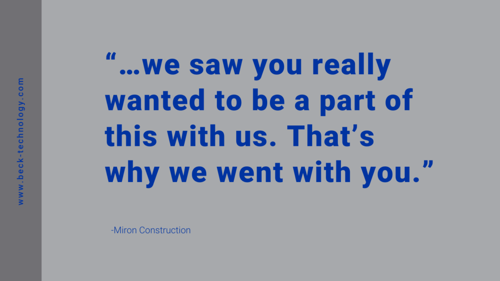 Partnership is a word that is heavily used in today’s world. However, the true test of a partner is that they would do to their partner what they would expect the partner to do to them. Partners are joined at the hip in the success and failure of the joint outcome, and not just during implementation but for the life of the partnership. When things are going well it’s easy to say that you are a partner, but the proof of partnership occurs when things are not going as intended. Partners step up and do all they can to ensure the success of the partnership—they do the right thing.
Partnership is a word that is heavily used in today’s world. However, the true test of a partner is that they would do to their partner what they would expect the partner to do to them. Partners are joined at the hip in the success and failure of the joint outcome, and not just during implementation but for the life of the partnership. When things are going well it’s easy to say that you are a partner, but the proof of partnership occurs when things are not going as intended. Partners step up and do all they can to ensure the success of the partnership—they do the right thing.
One lens to use in partnership is to speak with other customers about how the vendor has handled situations that went wrong or were not as planned. The reality is that we are all humans and things don’t always go as anticipated. A second element that we believe is vitally important to partnership is that your partner is willing and open to including you in the platform roadmap. While it's unreasonable to believe that anyone can be all things to all people, does the partner consistently meet with their clients and regularly share their thoughts on upcoming platform enhancements? Do they share what they are thinking and give you a voice on why something should be reprioritized and how specific enhancements should work?

-1.png?width=112&height=112&name=image%20(4)-1.png)

